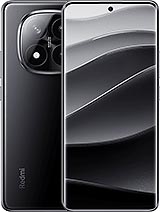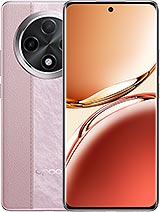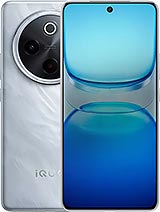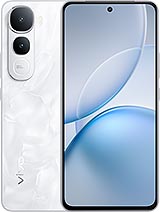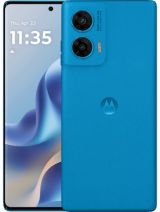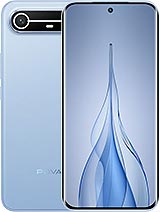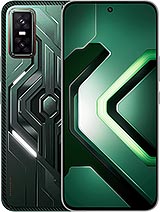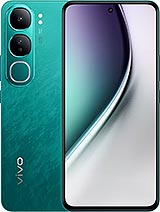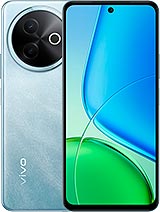Vivo Y300 alternatives
Tap above to see alternatives.
Vivo Y39 alternatives
Tap above to see alternatives.
2x2.2 GHz Cortex-A78
6x1.95 GHz Cortex-A55
2x2.2 GHz Cortex-A78
6x1.95 GHz Cortex-A55
8GB 256GB (UFS 2.2)
8GB 256GB (UFS 2.2)
f/1.8, (wide), 1/1.95", 0.8µm, PDAF
2 MP
f/2.4, (depth)
f/1.8, (wide), PDAF
2 MP
f/2.4, (depth)
f/2.5, (wide)
f/2.0, (wide)
SIM1: Nano, SIM2: Nano
SIM1: Nano, SIM2: Nano
8 5G bands
n1, n3, n5, n8, n28, n38, n40, n41
8 5G bands
n1, n3, n5, n8, n28, n40, n77, n78
Both Vivo Y300 and Vivo Y39 feature the Qualcomm Snapdragon 4 Gen 2 (4nm), offering similar performance levels in day-to-day use.
Vivo Y39 launched with Android 15 and will receive updates until Android 17, whereas Vivo Y300 launched with Android 14 and will get Android 16. Vivo Y39 will get security updates until 2028 (approx. 3 years), while Vivo Y300 is supported till 2027.
Vivo Y300 features a superior AMOLED display, while Vivo Y39 comes with an LCD panel. Both smartphones offer the same 120 Hz refresh rate. Vivo Y300 also boasts a brighter screen with 1800 nits of peak brightness, enhancing outdoor visibility. Notably, Vivo Y300 offers a higher screen resolution, resulting in sharper visuals and more detailed content.
Vivo Y39 features a larger 6500 mAh battery, potentially delivering better battery life. Vivo Y300 also supports faster wired charging at 80W, compared to 44W on Vivo Y39.
Both phones feature the same IP64 rating for water and dust resistance.
¹ Scores can vary even with the same chipset due to RAM, thermals, and software optimization.

